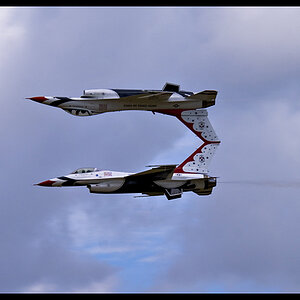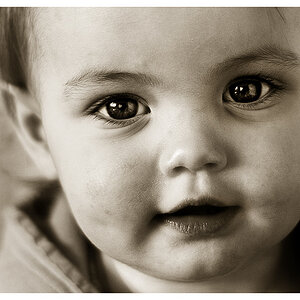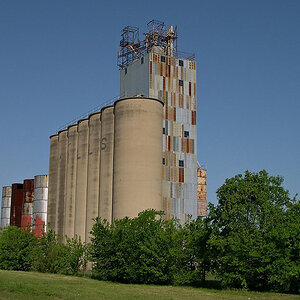qleak
No longer a newbie, moving up!
- Joined
- Dec 11, 2013
- Messages
- 629
- Reaction score
- 183
- Location
- Ohio
- Can others edit my Photos
- Photos OK to edit
So I set my D7100 intercalometer to 120 x 30" intervals of 30" exposures and got 60 x 1' intervals with 30" exposures. Only wasted an hour. Here's a crop in of the stacked version with dashed star trails lol
 the
the
I looked up the relevant manual section and the intervalometer doesn't take pictures if it's past its next start time. I couldn't find any reference to how much extra time is needed.
I tried doing some rudimentary calculations to guess the times like adding the CH frame rate but these estimates have been vastly too fast. So most of what I've figured out below is from trial and error.
The following two solutions appear to give adequate time to capture roughly every 30s
Here are some things that I have verified are not the problem:

I looked up the relevant manual section and the intervalometer doesn't take pictures if it's past its next start time. I couldn't find any reference to how much extra time is needed.
I tried doing some rudimentary calculations to guess the times like adding the CH frame rate but these estimates have been vastly too fast. So most of what I've figured out below is from trial and error.
The following two solutions appear to give adequate time to capture roughly every 30s
- T=33s per exposure 1/11~9% unexposed time.
- 4:50<T<=4:55 for a batch 9 exposures That's between 6.9% and 8.5% unexposed time
Here are some things that I have verified are not the problem:
- I'm not running out of buffer space. It may be related to the shallow buffer, but I can observe the buffer go down and steadily stay at r04. The problem also happens in normal jpegs which the buffer is much deeper for.
- I don't have any Noise Reduction on so it's not taking a dark frame between each shot.
- I have a rather fast set of SD cards class 10 at 90MB/s so I highly doubt that's what is slowing me down.




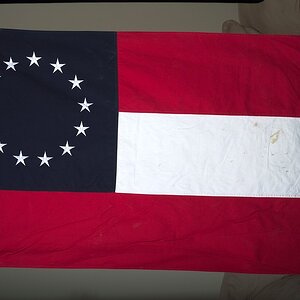
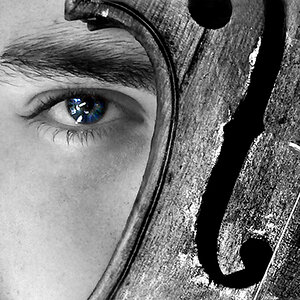
![[No title]](/data/xfmg/thumbnail/31/31702-59b5519e3c9a12b85ca69439a27f5253.jpg?1619734961)

![[No title]](/data/xfmg/thumbnail/42/42272-c0d91b9d0872bcdfbcdfb5bb0529e302.jpg?1619740081)
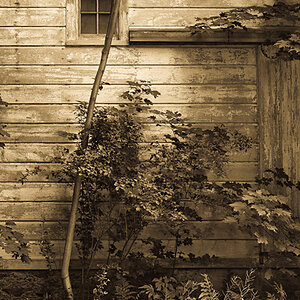
![[No title]](/data/xfmg/thumbnail/42/42273-78c0ae886bd5e6d47580353f398c92b9.jpg?1619740082)
![[No title]](/data/xfmg/thumbnail/37/37659-7302b7a4f9ae50a952748e8b395695fe.jpg?1619738174)
